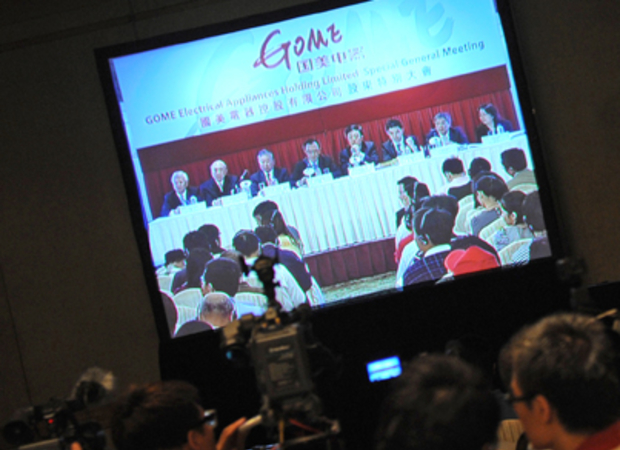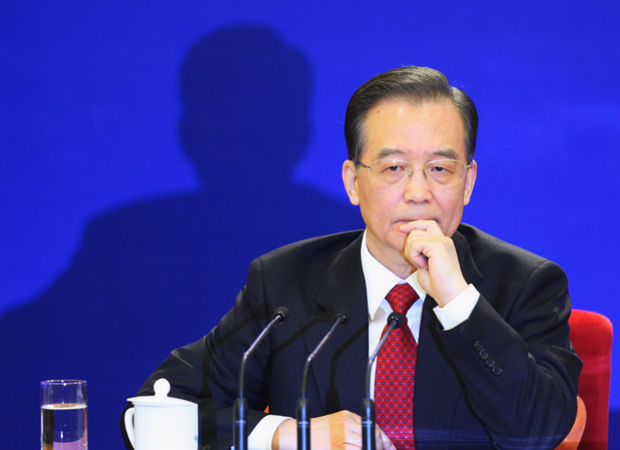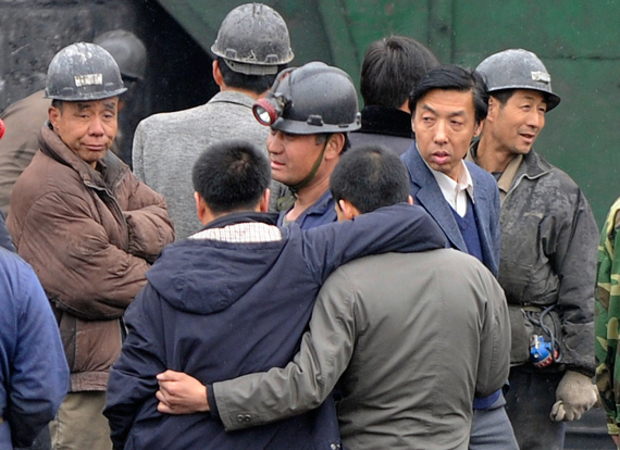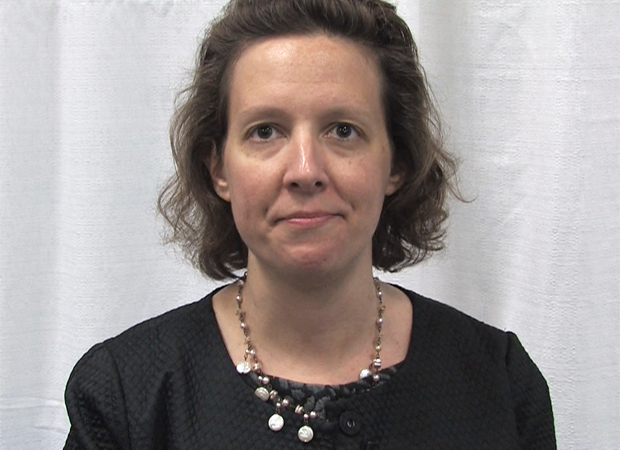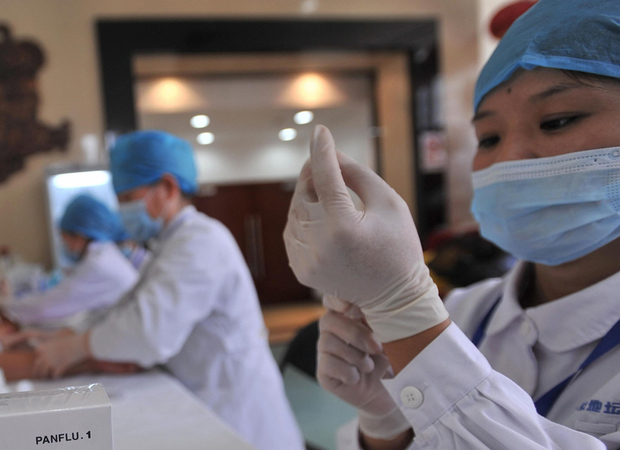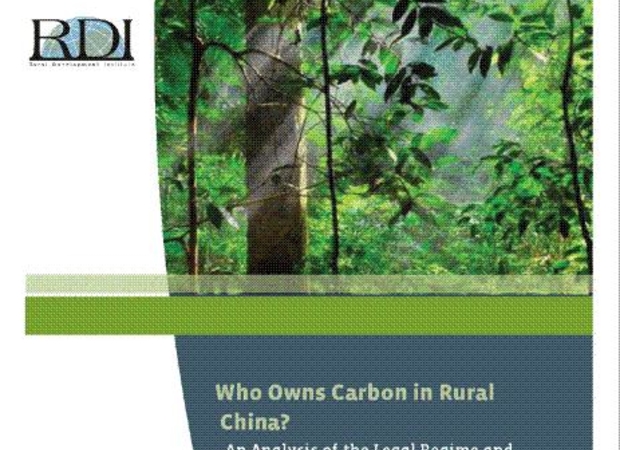Huang Guangyu Trial, Real Estate Dilemma
on April 30, 2010
Huang Guangyu, the richest man in China, went on trial last week in Beijing. The founder of home electronics chain GOME was brought up on charges of bribery, money laundering, and insider trading. The dragnet in the investigation leading up to the trial has already widened, and has implicated a number of high-ranking cadres in the Ministry of Public Security’s white-collar crimes division. In this edition of Sinica, we discuss the perils of wealth and what Huang’s trial means for rule of law in China.
